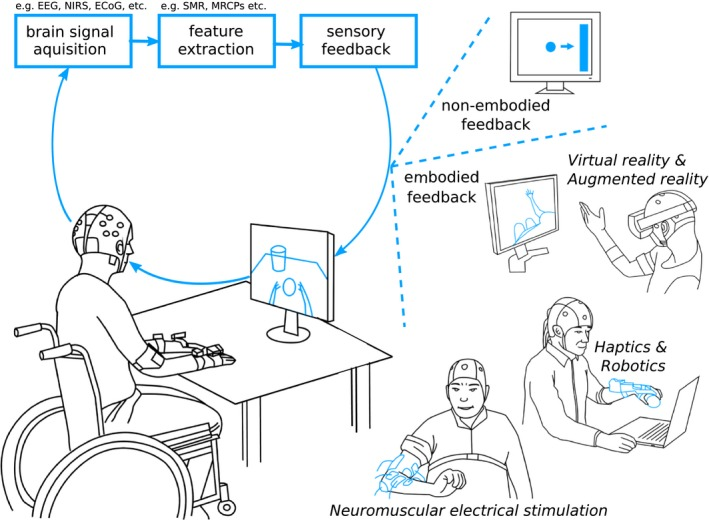In Spain, 420,000 people live with acquired brain injury (ABI), who require neurorehabilitation therapies and rarely access robotic therapies. The social costs of acquired brain damage, especially when the cause of the brain damage is vascular disease, are very high due to the cost of job loss and the emotional cost in the affected families.
Every year there are 104,071 new cases in Spain alone:
- 78% of cases have their origin in a stroke
- and the remaining 22% in head injuries and other causes
In Spain, approximately 3,900 million euros are allocated to rehabilitation treatments for DCA (neurorehabilitation)
- Outpatient neurorehabilitation treatment accounts for 25% of the total cost, almost €1,000M, approximately €9,000 per patient
Robots are used where they can perform repetitive human activities reliably and with at least the same precision, but often faster and without tiring.
-
Robots can be used effectively because lost functions are best recovered through high-frequency repetitive exercises
-
In neurological disorders, there are often physical and mental limitations that require individualized concepts to allow the safe and effective implementation of training and rehabilitation programs
-
In this sense, robot-assisted systems can be of great help in overcoming these obstacles, supporting and controlling the necessary movements
-
In addition, they can be used in combination with virtual reality to turn repetitive motion exercises into exciting tasks with playful features
Research results show that robot-assisted training effectively complements conventional therapy
-
People receiving locomotion therapy after stroke regain the ability to walk more quickly than people treated with conventional measures alone
-
Traditionally, training sessions are offered by therapists in intensive sessions. Robot-assisted training could increase therapeutic efficiency, since the proportion of personal care improves and a therapist can treat more patients at the same time, thus facilitating the work of specialized health personnel and providing more time for clinical decision-making, orientation and motivation of patients.
-
In addition, there are benefits for patients, since they can be treated at the same cost with a higher therapeutic intensity, which has a positive effect on treatment results.
